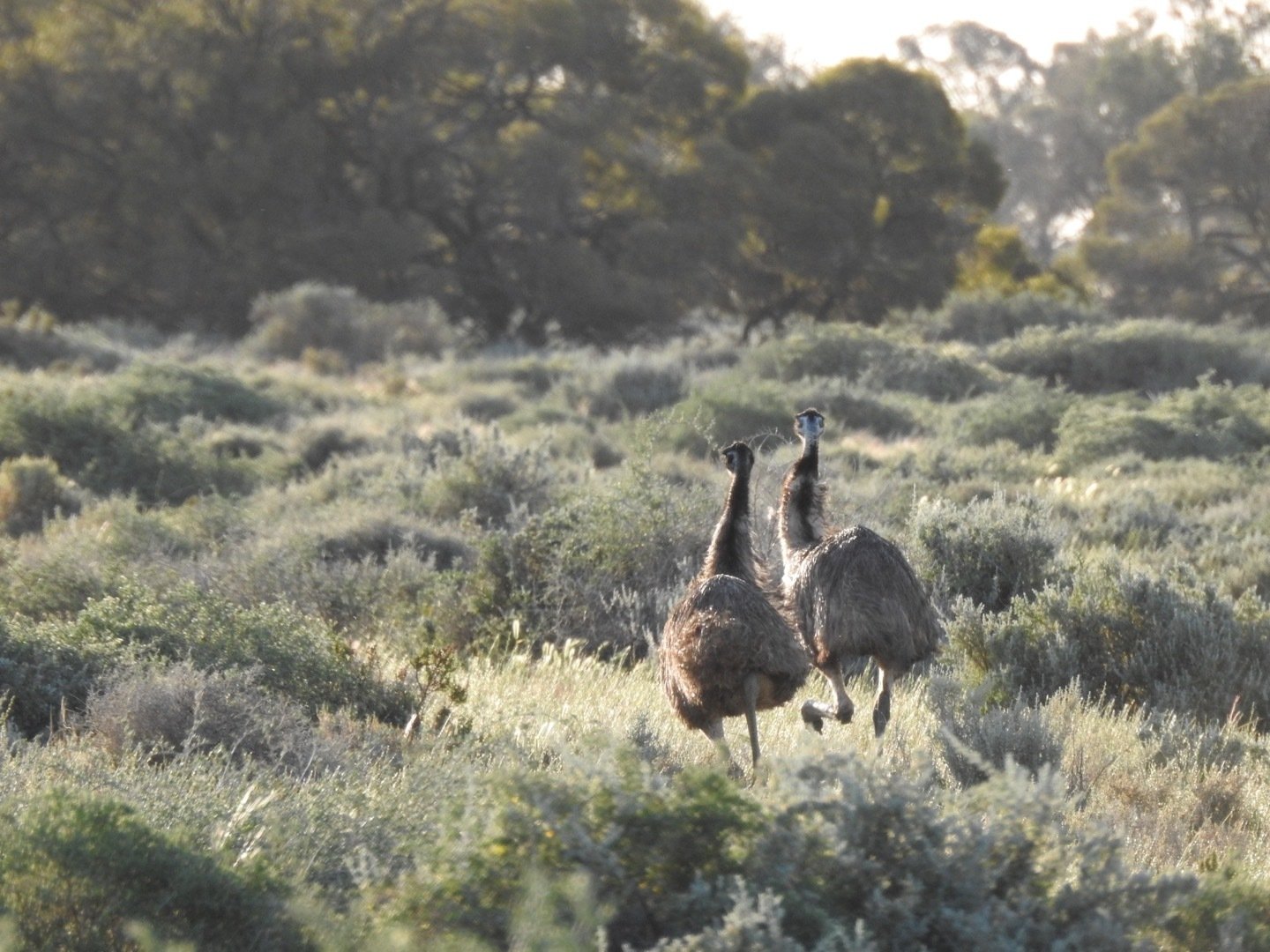Narla Ecologist Paul, was out last week in the beautiful western Riverina region of south-western NSW conducting targeted flora surveys. Paul was lucky enough to come across two threatened flora species, Brachyscome papillosa and Maireana cheelii which are both state and federally listed.
Paul also never misses an opportunity to capture some stunning shots of the regions local fauna whenever he is out in the field.
Grey-headed Flying-fox Monitoring
On behalf of Lake Macquarie City Council, Narla Environmental staff undertake monthly monitoring of the Grey-headed Flying-fox (Pteropus poliocephalus) camp at Blackalls Park, NSW.
Since January 2017, Narla have collected data on the population dynamics, breeding activity and distribution within Blackalls Park, as well as progressive movement into rehabilitation areas created by Council to increase habitat for the camp.
Grey-headed Flying-foxes are currently listed as Vulnerable under the NSW Biodiversity Conservation Act 2016 (BC Act) and the Commonwealth Environmental Protection and Biodiversity Conservation Act 1999 (EPBC Act). Threats to the ongoing survival of Grey-headed Flying-foxes include:
Deliberate destruction associated with commercial horticulture,
Competition with Black Flying-foxes,
Negative public attitudes and conflict with humans,
Electrocution on powerlines, entanglement in netting and on barbed-wire,
Climate change, and
Disease.
A key objective of this study is to understand the local microclimate within Blackalls Park and the correlation between vegetation condition and severity of heat-stress events for Grey-headed Flying-fox.
Threatened Species Translocation
Narla Environmental’s team of Ecologists, in association with Toolijooa Environmental Restoration, collected Cuttings and Soil Halos from a population of Epacris purpurascens var. purpurascens. These individuals were successfully propagated in a nursery and planted in a dedicated conservation area in the Hornsby Shire local government area.
Epacris purpurascens var. purpurascens is listed as Vulnerable under the Biodiversity Conservation Act 2016. Large areas of habitat for this species have been extensively cleared and modified to accommodate urban development. Urban run-off, altered fire regimes, and weed invasions have also contributed to its vulnerability.
The purpose of this activity was to bolster and ensure the ongoing survival of this threatened species in the area. This species has a high attrition rate (for cuttings), and our experienced Ecologists recently conducted monitoring that observed the newly planted cuttings flowering in their first year.
Koala Assessment Report
Narla Environmental was engaged to conduct a Koala Assessment Report to accompany a Development Application for a proposed dwelling in the Hawkesbury Local Government Area (LGA). The entirety of the Subject Site was dominated by bushland and was located on the edge of the Blue Mountains National Park. The Koala Habitat Protection SEPP (2019) applied to this development as there was no approved Koala Plan of Management for the land, the site had been identified on the Koala Development Application Map, and the site had an area greater than 1 hectare.
The Koala Assessment Report was carried out by one of Narla’s suitably qualified ecologists and followed the guidelines set out in the Koala Habitat Protection Guideline. It detailed the following:
The Koala Habitat Values of the site;
How the development was avoiding impacts to Koalas and Koala habitat;
Potential impacts from the proposed development; and
Management plans to protect Koalas and their habitat.
This report will be submitted along with the Development Application, satisfying the requirements of the new State Environmental Planning Policy (Koala Habitat Protection) 2019.
Learn more about the Koala Habitat Protection SEPP (2019) and find out if it applies to your development by clicking here.














